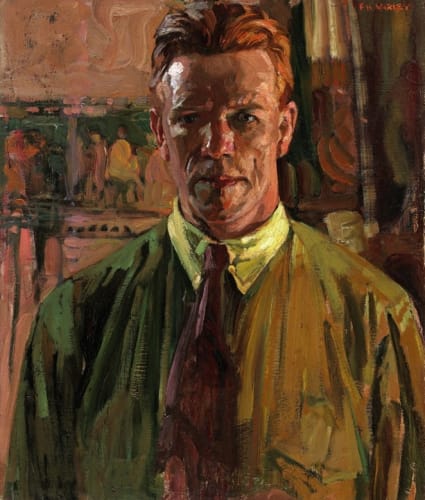Frederick Horsman Varley (January 2, 1881–September 8, 1969): A Visionary Artist of the Group of Seven
Frederick Horsman Varley, a founding member of the legendary Canadian Group of Seven, was born in Sheffield, England. A masterful portraitist and innovative landscape painter, Varley brought a unique spiritual and emotional depth to Canadian art. His works remain celebrated for their evocative use of colour and unparalleled ability to blend human forms with nature.
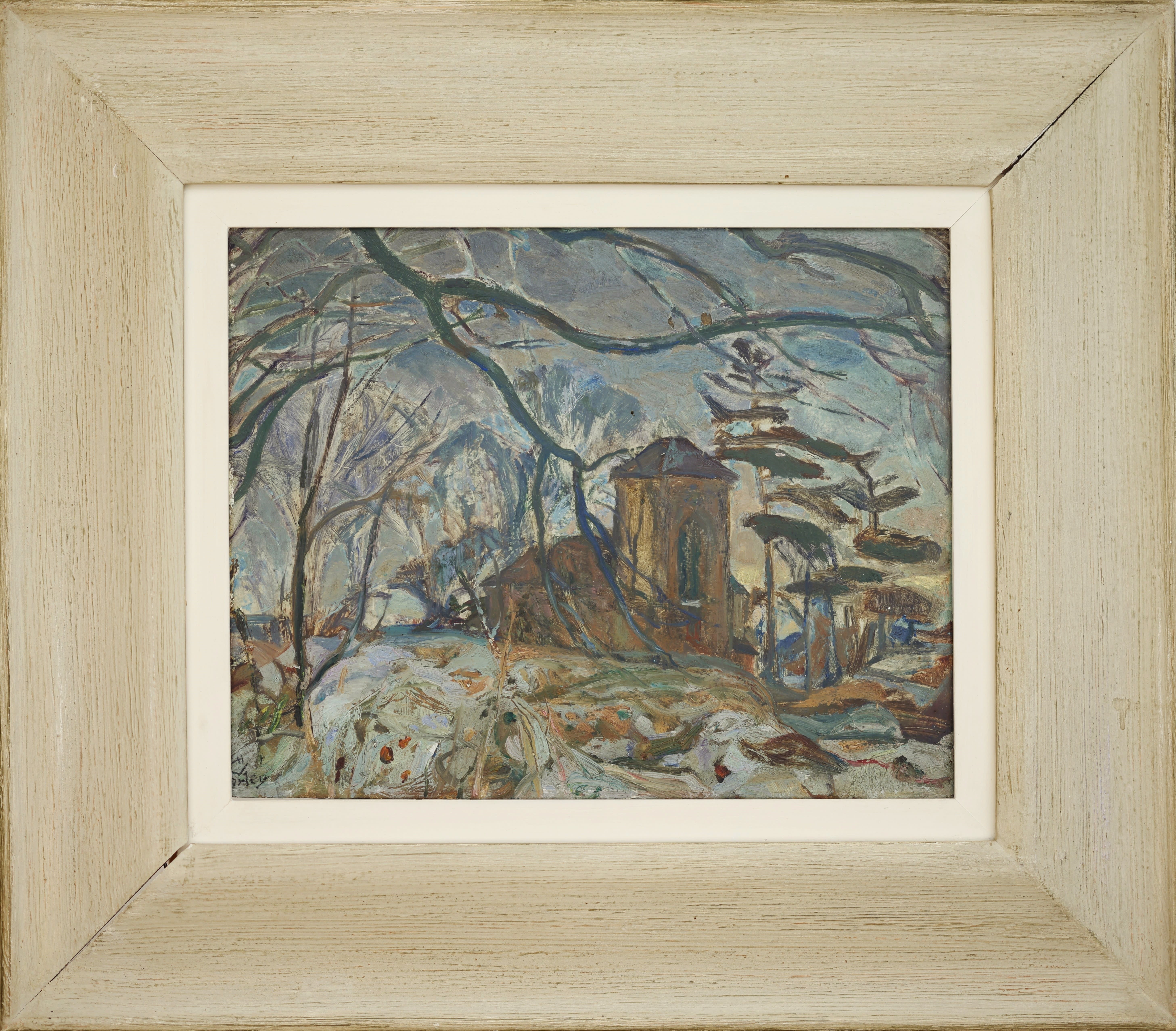
Frederick Varley; Winter Afternoon, Doon
Early Life and Education
Varley’s artistic education began at the Sheffield School of Art (1892–1900) and continued at the prestigious Académie Royale des Beaux-Arts in Antwerp, Belgium (1900–1902). Following his studies, he worked as an illustrator in London before emigrating to Canada in 1912 on the recommendation of fellow Sheffield native and future Group of Seven member, Arthur Lismer.
Settling in Toronto, Varley joined the design firm Grip Ltd., where he collaborated with artists such as Tom Thomson, J.E.H. MacDonald, and Frank Carmichael. His early artistic focus on portraiture distinguished him from his peers, though he would later embrace landscapes.
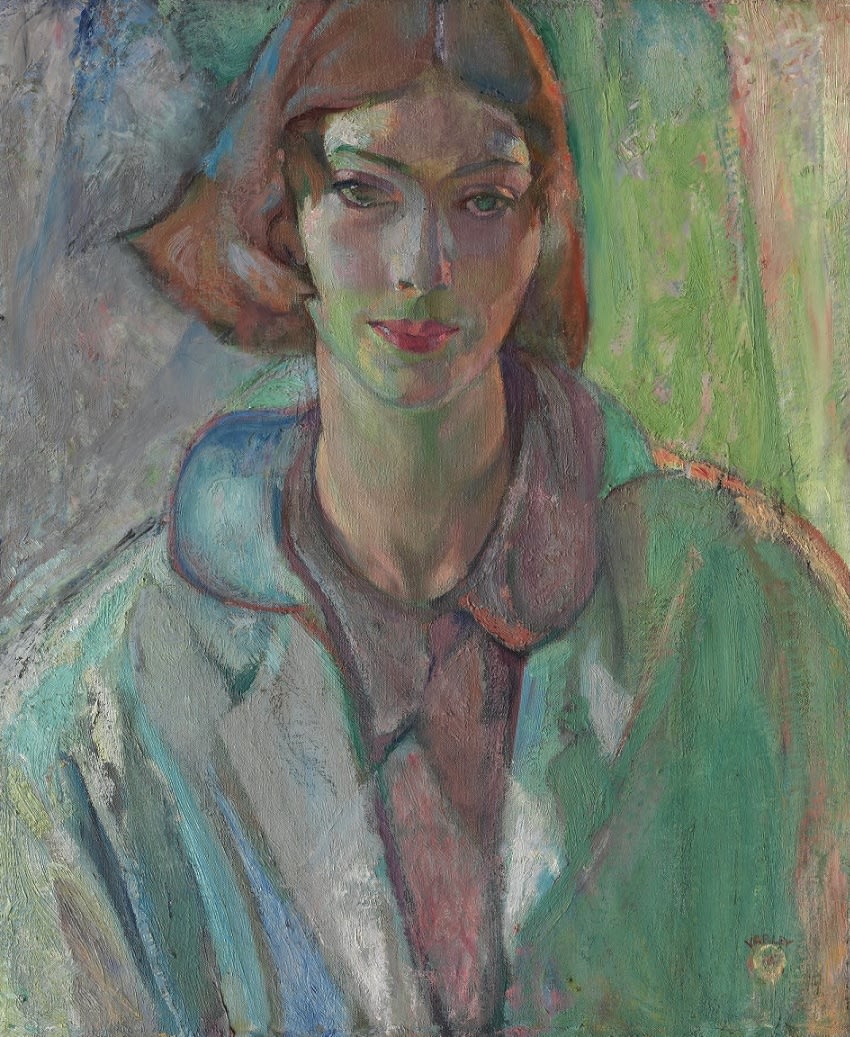
Frederick Varley; Vera
War Artist (1918–1920)
During World War I, Varley was commissioned by the Canadian War Records to serve as an official war artist. His haunting depictions of the conflict, including For What? (1918) and Some Day the People Will Return, remain powerful testaments to the human cost of war. These works conveyed raw emotion, often challenging traditional heroic portrayals of battle.
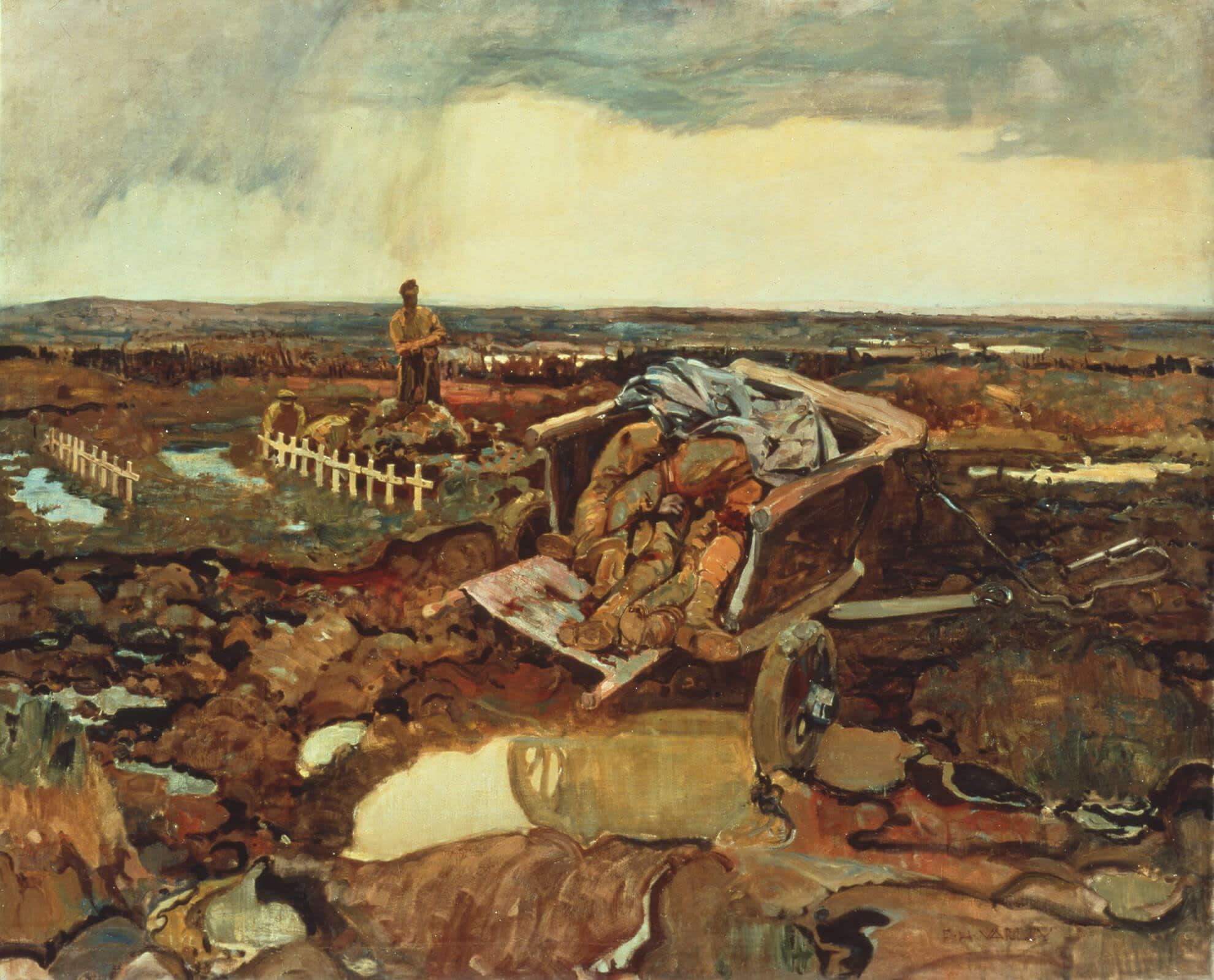
Frederick Varley; For What?
The Group of Seven and Varley's Artistic Legacy
In 1920, Varley co-founded the Group of Seven, a collective that revolutionised Canadian art by capturing the rugged beauty of the nation's landscapes. While his contemporaries primarily painted wilderness scenes, Varley focused on portraiture and figure studies, often integrating these elements with natural backdrops. One of his most renowned works, Stormy Weather, Georgian Bay (1921), exemplifies his ability to convey the sublime power of nature.
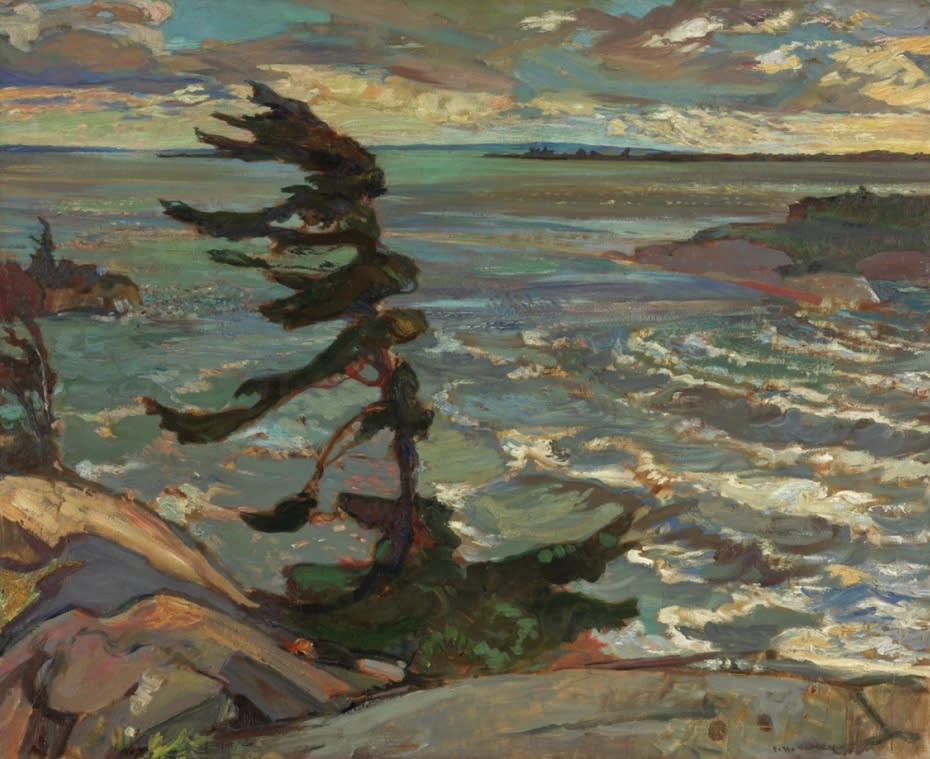
Frederick Varley; Stormy Weather, Georgian Bay
Teaching and the West Coast Years (1926–1936)
Varley's move to Vancouver in 1926 marked a pivotal period in his career. Appointed Head of the Department of Drawing and Painting at the Vancouver School of Decorative and Applied Arts, he found inspiration in British Columbia's dramatic landscapes. Influenced by Asian philosophies and Chinese painting techniques, he created luminous works that explored the interplay of light, colour, and texture.
In 1933, Varley co-founded the British Columbia College of Arts with J.W.G. Macdonald. However, the Great Depression forced its closure two years later, prompting Varley's return to Eastern Canada in 1936.
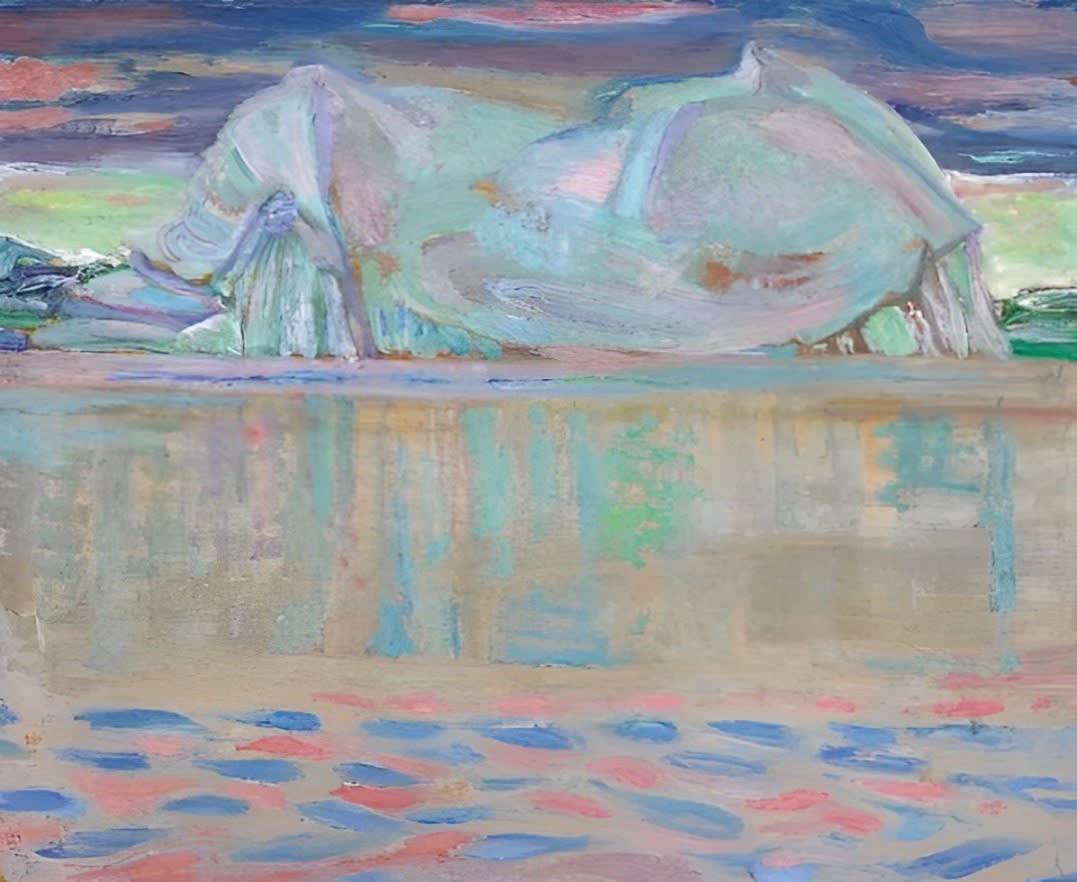
Frederick Varley; Iceberg
Later Life and International Recognition
Varley's later years were marked by extensive travel and continued artistic exploration. In 1938, he journeyed to the Arctic aboard the government supply ship Nascopie, producing a series of striking works inspired by the northern wilderness. In 1954, he participated in a cultural exchange to the Soviet Union, further expanding his artistic horizons.
Varley's contributions to Canadian art were honoured through multiple retrospectives, including one at the Art Gallery of Toronto in 1954. His work also reached international audiences, with exhibitions at the Tate Gallery in London and stamps issued by Canada Post commemorating his achievements.
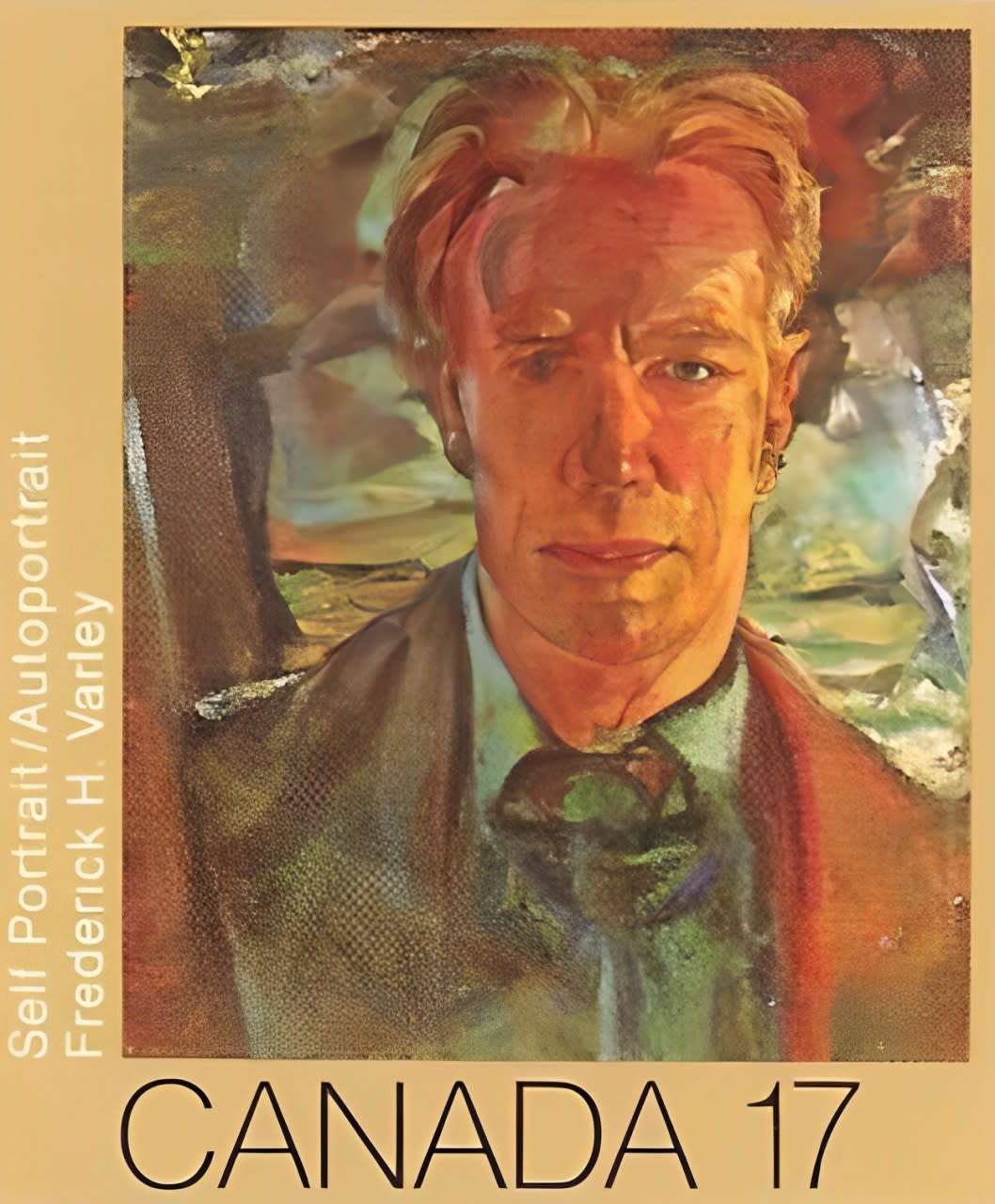
Legacy and Commemoration
Frederick Varley passed away on September 8, 1969, in Toronto. His legacy endures through the Varley Art Gallery in Markham, Ontario, which houses a significant collection of his works. He was buried at the McMichael Canadian Art Collection grounds in Kleinburg, alongside other members of the Group of Seven.

